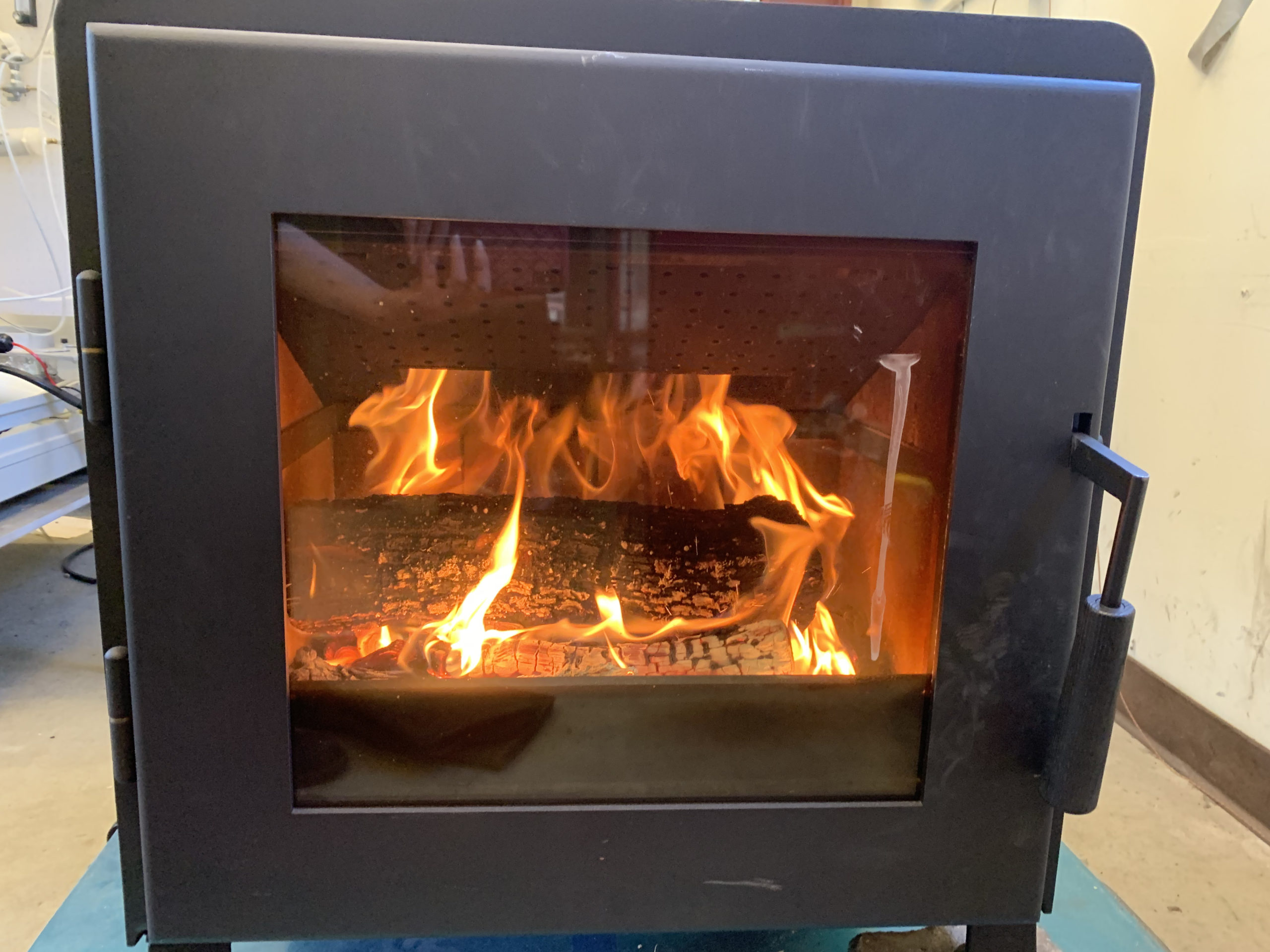Healthy, Energy Efficient Homes
Health Impacts from Exposure to Indoor Air Pollutants
On average, we spend more than two-thirds of our time at home. The Indoor Environment Group collaborates with the Residential Building Systems Group to research pollutant exposures and health impacts in residences. We conduct experiments in laboratory test chambers, make measurements in occupied homes, and explore potential actions through computer simulations. We study the sources of pollutants - including occupant activities, building materials, and outdoor air pollutants - and the effectiveness of control strategies including source reduction, ventilation, and air cleaning. In one study, we estimated the chronic health impacts due to inhalation of various air pollutants in homes using the metric of disability-adjusted life-years or DALYs. This analysis found that fine particulate matter (PM2.5), acrolein, and formaldehyde accounted for the vast majority of chronic health impacts from all the physical and chemical air pollutant intake in US residences. High Radon levels and tobacco smoke can present great risks; but they are present at high levels in only a minority of homes. Allergens and the presence of dampness or mold are also important risk factors for adverse health in many homes.
Kitchen Ventilation

The Indoor Environment Group measures air pollutant emissions and analyzes exposures from cooking with natural gas or electric burners. Our work has shown that there are great benefits to accelerating replacement of existing appliances with pilot burners, and ensuring that suitable exhaust hoods or kitchen fans are installed and routinely used. There are milions of homes in the U.S. that lack any kitchen exhaust ventilation. We collaborated with the Residential Buidling Systems Group to develop a test standard for measuring range hood capture efficiency that aims to improve the performance of these devices in homes.
Read about indoor air quality from Berkeley Lab experts in this news article: www.probuilder.com/
Whole-Dwelling Ventilation and Filtration

We recently conducted a cost-benefit analysis that demonstrated how routine use of higher-efficiency filters in residential, forced-air heating and cooling systems is an effective way to reduce exposure to PM2.5. In homes with occupants who are particularly susceptible to particle-related health effects, it is also cost-effective to continuously operate portable air cleaners with high-efficiency filters. The Indoor Environment Group has conducted field studies in occupied homes and experiments in test houses over many seasons to evaluate the exposure-reduction benefits from whole-dwelling ventilation and filtration. Our work shows that houses with moderately airtight building envelopes and continuous exhuast ventilation provide substantial protection from outdoor fine and ultrafine particulate matter as well as ozone. Supply ventilation systems should be equipped with MERV13 filtration or better to achieve a similar level of protection.
Wood Heaters
 Our Stoves Lab is equipped with several instruments to measure emissions and performance of wood burning technologies. We can conduct standardized tests (e.g., ISO, ASTM, EPA, etc.) to support research and development of novel technologies to improve performance. For example, our researchers use real-time instruments to measure gaseous and particulate emissions, determine the thermal performance, and conduct computer modeling to accelerate technology development.
Our Stoves Lab is equipped with several instruments to measure emissions and performance of wood burning technologies. We can conduct standardized tests (e.g., ISO, ASTM, EPA, etc.) to support research and development of novel technologies to improve performance. For example, our researchers use real-time instruments to measure gaseous and particulate emissions, determine the thermal performance, and conduct computer modeling to accelerate technology development.
Link
https://stoves.lbl.gov/wood-heaters/
